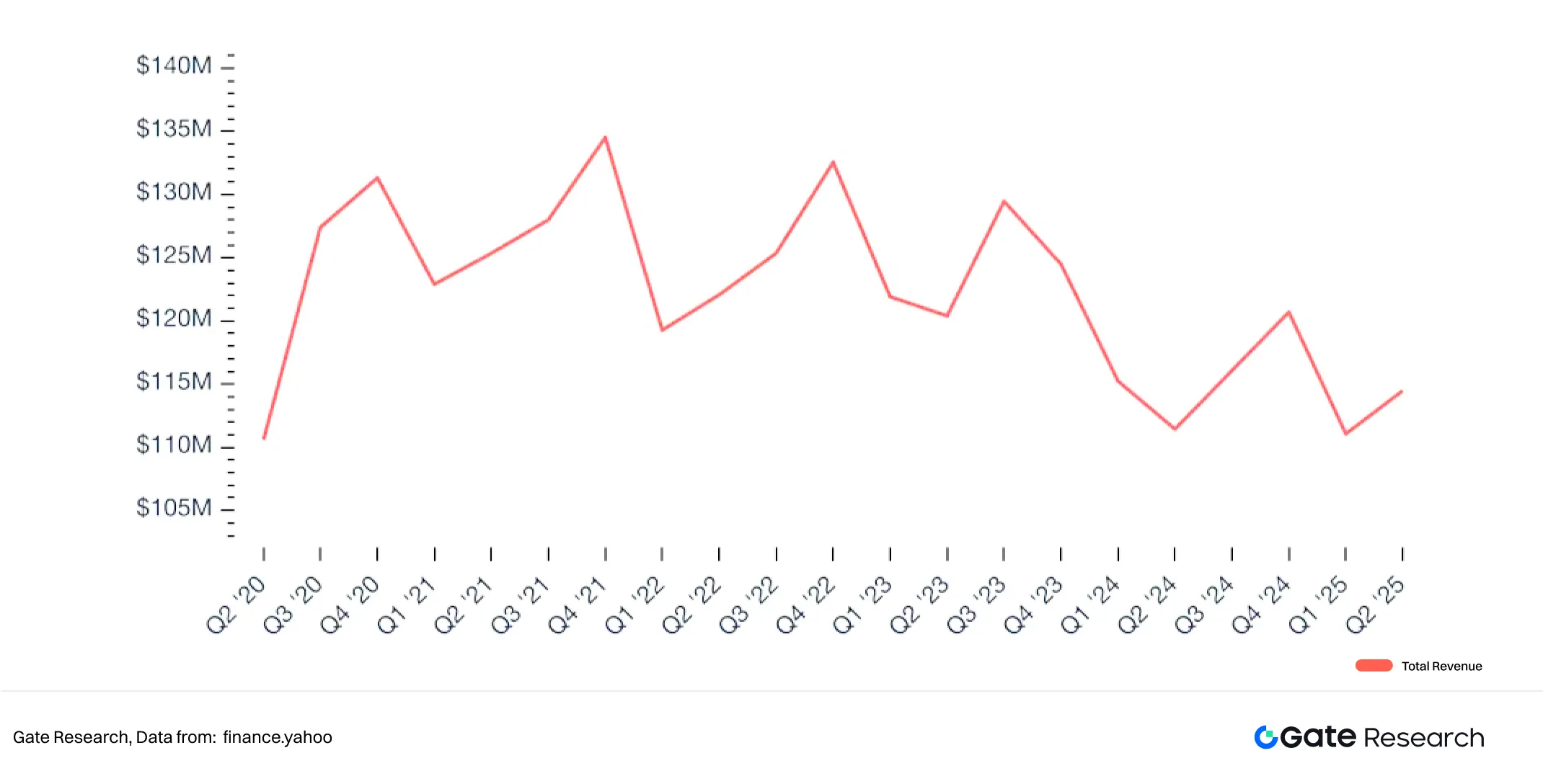When your AI assistant starts making payments for shopping on its own, the payment revolution in blockchain has quietly begun. Imagine your AI assistant automatically booking dinner for you before you finish work, discovering that your favorite restaurant requires a deposit, and it pays $0.001 from its dedicated wallet to complete the reservation—without any action from you.
This is no longer a science fiction scenario, but a reality taking shape.
With the reactivation of the dormant HTTP 402 status code after 27 years by the x402 protocol, and PolyFlow extending it into the real business world, the internet now has a native machine payment layer for the first time. This is not just a technological innovation but a preemptive layout for the trillions of dollars AI Agent economy.

1. The Rise of Protocols: x402 Awakens the Internet's Native Payment Capability
The internet has a missing foundational function: native payment. Since the HTTP 402 status code was defined as "Payment Required" in 1997, this code has been dormant for 27 years due to the lack of suitable technology to implement it.
● In September 2025, the x402 protocol, led by Coinbase and supported by Cloudflare, was officially launched, restarting this dormant payment layer.
The x402 protocol operates simply and efficiently: when a client (which could be an AI Agent or user application) requests a paid resource, the server returns a "402 Payment Required" response, along with payment amount, token type, and payment address. After the client completes the payment, it requests the resource again using the payment receipt, and the server provides the requested resource after verification.
● The core innovation of the x402 protocol is that it separates "payment intent verification" from "on-chain settlement."
This means that AI Agents can obtain the required services or data in milliseconds without waiting for blockchain confirmation (which usually takes several seconds), greatly enhancing the efficiency of machine-to-machine transactions.
The protocol uses stablecoins (primarily USDC) as the payment medium, relying on Ethereum Layer 2 networks like Base to reduce transaction costs to a fraction of a cent, making micro-payments at the $0.001 level economically feasible for the first time.
2. Real-World Bottlenecks: The AI Agent Economy Creates New Payment Demands
The explosive growth of the AI Agent economy is creating unprecedented payment scenarios.
● Gartner predicts that by 2030, the total transaction volume driven directly or indirectly by "machine customers" will reach $30 trillion.
● The World Economic Forum also forecasts that this market size will grow from $7.8 billion in 2025 to $50.3 billion in 2030, with a compound annual growth rate of 45%.
As AI Agents evolve from tools to "digital customers," traditional payment systems appear cumbersome and unsuitable:
● AI Agents require second-level confirmations and high-frequency micro-payments, 24/7 uninterrupted operation, condition-triggered automatic payment logic, and plug-and-play global standards across jurisdictions.
● Traditional banking networks typically take 1-3 business days to process cross-border payments, with high fees, which completely fails to meet the needs of the AI Agent economy.
● Meanwhile, the scale of stablecoin payments has shown explosive growth. As of June 2025, the global circulation of stablecoins has exceeded $240 billion, with over 35 million monthly active addresses and an average of over 40 million daily payment transactions.
The total annual transaction volume of stablecoins is approaching $20.5 trillion, significantly surpassing PayPal and cross-border remittance systems, and has repeatedly exceeded Visa, becoming the second-largest payment system after ACH.
3. Architectural Integration: How Does PolyFlow Expand the Boundaries of x402?
The x402 protocol addresses the communication issues of payments, but AI Agents still face challenges in fund custody, clearing, compliance, and multi-chain aggregation. This is where PolyFlow adds value.
● PolyFlow's Pelago Connect crypto payment gateway has completed deep integration with the x402 protocol, providing AI Agents with low-cost, real-time settlement, and compliance-reliable payment solutions.
PolyFlow's two core modules—PID (Payment Identity) and PLP (Liquidity Protocol)—empower AI Agents with identity recognition and autonomous fund management capabilities.
● The PID module implements Know Your Agent (KYA), binding Agent information to its user identity, laying the identity foundation for AI-human interactions. The PLP module allows AI Agents to autonomously manage funds and compliance, possessing independent "wallets" and "cash flows."
● This architecture has clear divisions of labor: x402 is responsible for "value routing," embedding payments into the communication layer; PolyFlow is responsible for "value management," coordinating multi-chain, multi-coin, compliance, risk control, refunds, and revenue sharing.
The combination of the two forms a complete "value transfer stack," achieving a transition from payment capability to sustainable revenue streams.
4. Ecosystem Layout: Competition Among Giants and Market Response
● The x402 ecosystem has attracted participation from numerous well-known companies and projects. As of October 2025, the total market capitalization of the x402 ecosystem has reached approximately $806 million, with a 24-hour trading volume exceeding $224 million.
● Among the giants, Coinbase is the creator of the protocol and operates as the official service provider for Base L2; Google has provided clear support; and a16z, as a top venture capital firm, has invested in ecosystem-related projects like Catena Labs.
a16z believes that protocols like x402 far exceed Visa and SWIFT in speed, cost, and programmability.
Table: Main Participants in the x402 Protocol Ecosystem
Participant
Role
Main Contribution/Activity
Coinbase
Protocol Creator
Created the x402 protocol, operates as the official service provider for Base L2
Cloudflare
Infrastructure Support
Supports the x402 Foundation, providing network infrastructure
Strategic Supporter
Provides technical support and ecosystem integration for the protocol
a16z
Capital Support
Invests in ecosystem-related projects, such as Catena Labs
PayAI Network
Ecosystem Project
Acts as a multi-chain coordinator, handling micro-transaction settlements
OpenServ
Ecosystem Project
Provides plug-and-play API connectors for developers
Source: AiCoin整理
Key projects in the ecosystem are forming their own divisions of labor. PayAI Network, as a multi-chain coordinator, can verify, process, and settle micro-transactions in one second.
OpenServ provides the infrastructure backbone for developers to build x402-enabled applications and APIs, offering middleware and plug-and-play API connectors for pay-per-request monetization.
5. Application Scenarios: From Latin American Farms to AI Service Calls
● PolyFlow has implemented stablecoin payment applications in multiple real-world scenarios. In Latin American agricultural trade, PolyFlow's stablecoin payment channel is settling transactions of Latin American soybeans and Asian electronics in USDC.
● In the supply chain finance sector, their system allows exporters to obtain operating funds the moment the bill of lading is on-chain, significantly accelerating the speed of capital turnover.
● The Shopify e-commerce scenario is another typical application. Through the Pelago Connect crypto network, Shopify merchants can price in stablecoins and settle in fiat currency, allowing AI Agents to automatically place orders in USDC.
● The AI service call scenario may be the most revolutionary. In the traditional API economy, AI service providers need to establish complex billing and subscription systems. However, based on the x402 protocol, AI Agents can pay per API call and achieve real-time settlement.
Table: Joint Application Scenarios of PolyFlow and x402
Application Scenario
Traditional Payment Pain Points
PolyFlow x402 Solution
Cross-Border E-commerce
High fees, slow settlement, exchange rate losses
USDC settlement, real-time arrival, near-zero fees
Supply Chain Finance
Slow capital turnover, high trust costs
Funds settle immediately upon bill of lading on-chain
AI Service Calls
Requires prepayment or subscription
Pay per API call, real-time settlement
Data Services
Micro-payments are not economical
Supports micro-payments at the $0.001 level
IoT Devices
Lack of autonomous payment capability
Devices can autonomously pay for service fees
Source: AiCoin整理
The x402 Bazaar is becoming a key component of the ecosystem, creating a standardized, machine-readable service index that allows AI Agents to dynamically query, discover, and automatically call various services without any human intervention.
For example, a travel planning agent needs to complete a booking; it can discover weather APIs, flight APIs, hotel APIs, and car rental APIs through the Bazaar, automatically paying for each call and completing the entire complex booking in seconds.
6. User Experience and the Path to Regulatory Compliance
Despite the broad prospects, the challenges faced by x402 and PolyFlow cannot be ignored. User experience is currently one of the weakest links. The protocol itself is designed for machines, but human users still need to initialize wallets, manage private keys, and purchase stablecoins.
This requires a user-friendly "agent management platform" to completely hide all complexities to truly reach the mass market.
● Security risks are also a concern. Malicious prompt injection and infinite spending loops are potential threats. If an AI Agent is misled by a malicious attacker, it may continuously authorize payments, leading to user fund losses.
● Regulatory compliance is another key challenge. The reliance of x402 on stablecoins places it directly under the scrutiny of financial regulatory authorities.
In the AI Agent economy, identity and compliance become new challenges. Agents cannot apply traditional KYC, while PolyFlow establishes "compliance identities" for machines through the PID/KYA system, combined with a self-custody module to achieve autonomous fund management, audit tracking, and risk isolation.
● From the perspective of network effects, x402 needs a sufficient number of service providers and using agents, which is a typical "chicken and egg" problem. Although the Bazaar is breaking this deadlock through a standardized service discovery mechanism, the maturity of the ecosystem still requires time.
● Finally, there is competition from traditional finance. Visa's "Smart Business API" and Mastercard's "Agent Payment API" are real threats—only they adopt a centralized, permissioned approach.
This is essentially a battle of architectures: centralized platforms vs. open protocols. Historically, open networks often defeat closed platforms, but this time traditional players are too strong. The future may see the coexistence of both solutions.
Tech giants have already seen the direction. Top venture capital firms like a16z firmly support the "agent-based business" track, believing that protocols like x402 have far surpassed Visa and SWIFT in speed, cost, and programmability.
When AI Agents truly possess on-chain identities and accounts, they will also truly have property rights. Analysts predict this will usher in a new payment era potentially exceeding $10 trillion in scale.
Join our community to discuss and become stronger together!
Official Telegram community: https://t.me/aicoincn
AiCoin Chinese Twitter: https://x.com/AiCoinzh
OKX benefits group: https://aicoin.com/link/chat?cid=l61eM4owQ
Binance benefits group: https://aicoin.com/link/chat?cid=ynr7d1P6Z
免责声明:本文章仅代表作者个人观点,不代表本平台的立场和观点。本文章仅供信息分享,不构成对任何人的任何投资建议。用户与作者之间的任何争议,与本平台无关。如网页中刊载的文章或图片涉及侵权,请提供相关的权利证明和身份证明发送邮件到support@aicoin.com,本平台相关工作人员将会进行核查。


